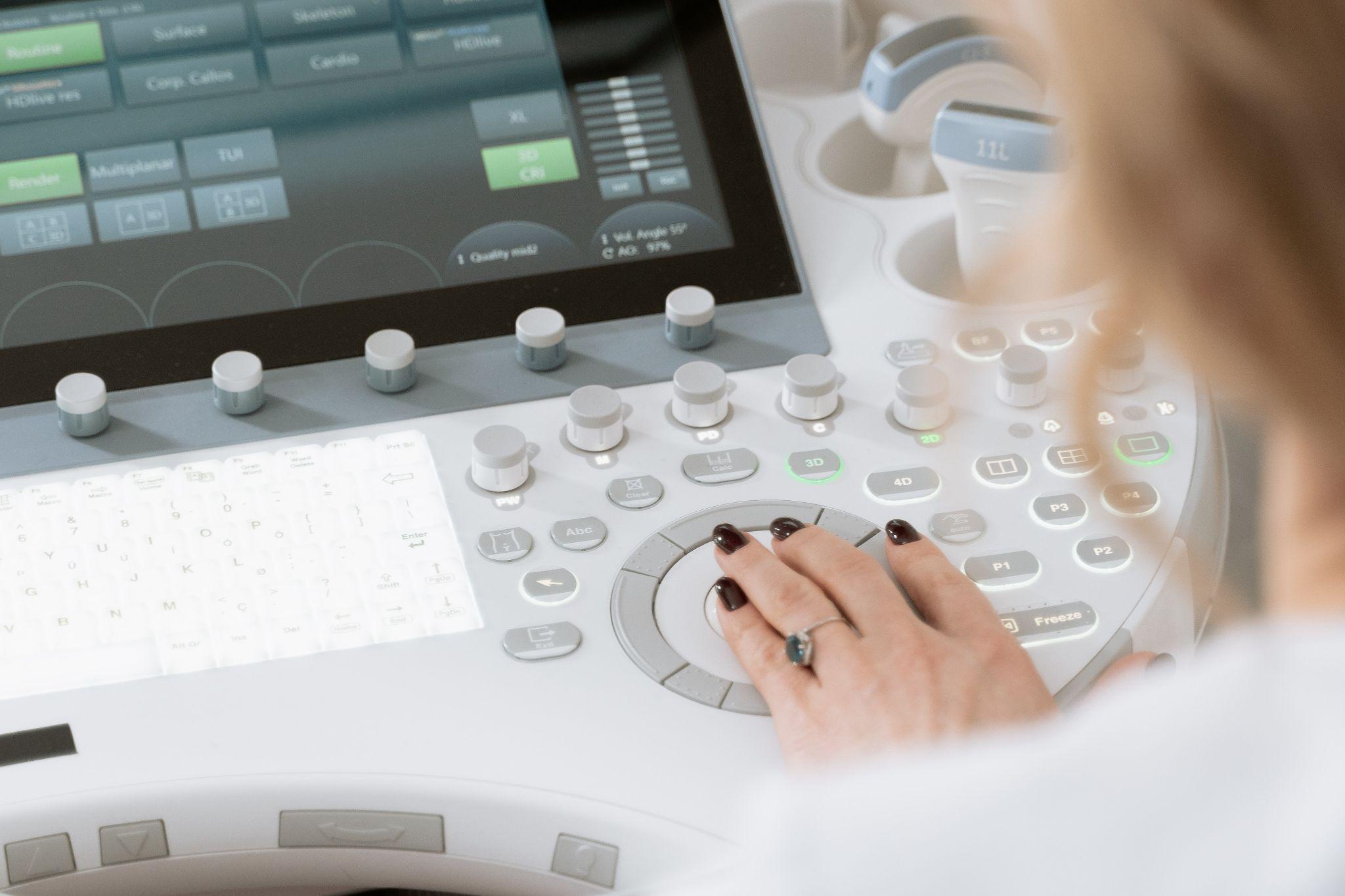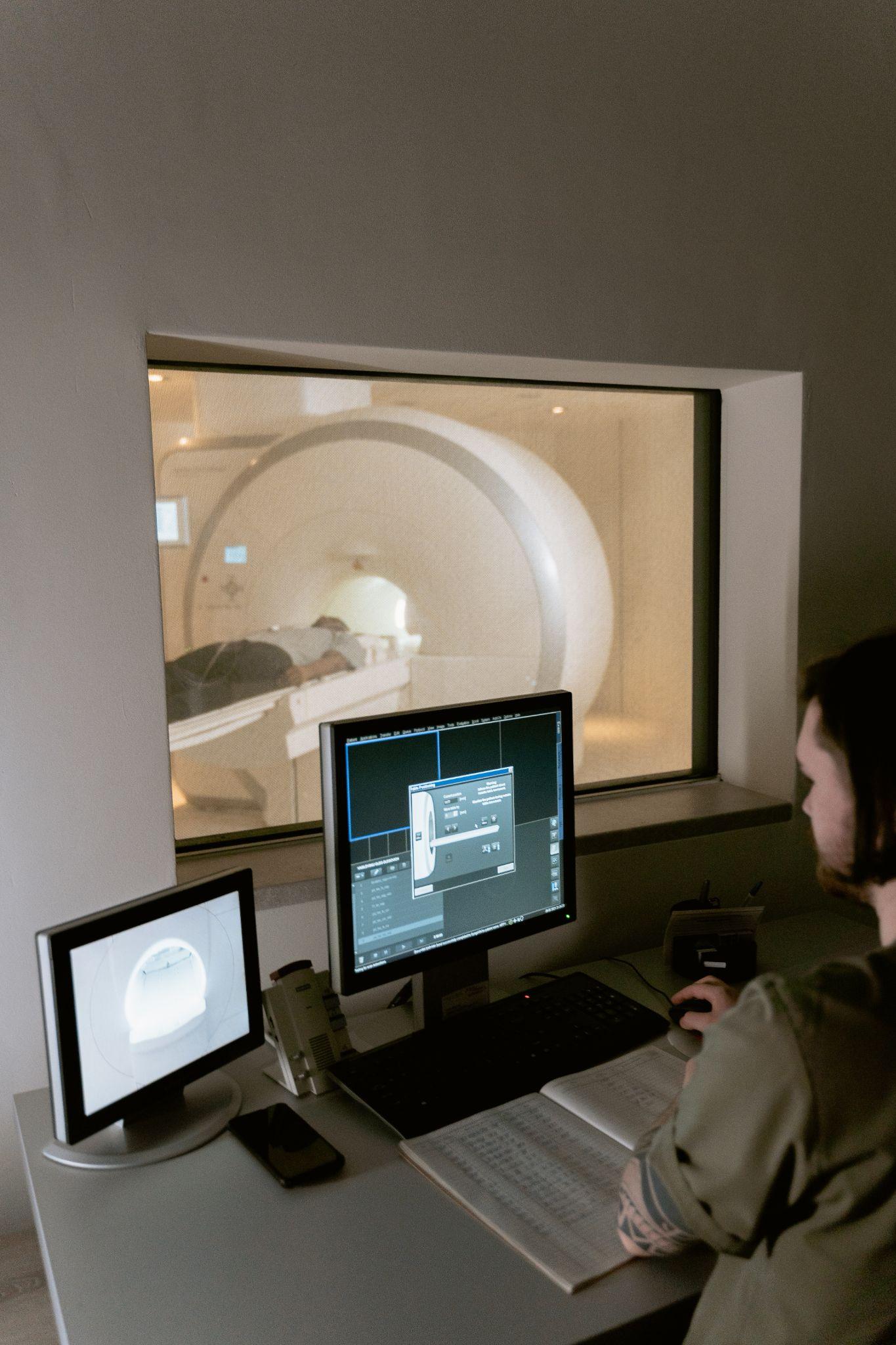Advancements of Radio Frequency in Medicine
2021.09.09Advancements of Radio Frequency in Medicine

One type of technology that has withstood the test of time is the utilization of radio frequency. Some technologies never face obsolescence; like aged wine, the older it gets, the better and more refined it becomes. Unlike other types of inventions that died and had been replaced throughout the past years, the ability to utilize radio frequency has only gotten better and is continuously finding more additional purposes in different fields and industries. It all began back in 1886 when German physicist Heinrich Hertz started studying radio waves. By the early 1900s, radios have made their way to the markets and were being sold commercially everywhere.
Today, the usage of radio frequency is not only good for a nice Sunday jam in your car or watching the nightly news broadcast on your television. What we don’t even realize is we heavily rely on utilizing radio frequency in our daily lives and its uses range from GPS navigation to space communications. The technology of radio frequency has also propelled its way in the field of medical science. Countless procedures in different branches of medicine depend on radio frequency to both detect and treat various health conditions.
Radio Frequency and Medical Science

The idea that radio frequency can be utilized for medicine first began in the late 1800s. Nikola Tesla suggested that the ability of high radio frequency currents to produce heat to the human body can actually be used for medicinal purposes. And by the 1900s, experimental treatments are being done to treat various medical conditions in the field of electrotherapy. Around the same period, Biophysicist, Jacques Arsene d'Arsonva has developed three methods of how to apply high radio frequency currents to the human body.
Today, many diverse methods are implemented to target specific procedural requirements. The technology can be used to scan or detect possible abnormalities like tumors through the help of various machines and even be used as a treatment for illnesses like cancer.
Radio Frequency in Radiology
MRIs and CT scans are usual procedures that you might hear when it comes to medical testing. Both are analogous in nature and have differences when it comes to targeting specific areas of the body or medical conditions. MRI is short for magnetic resonance imaging and works by using both magnetic waves and radio frequency to form images of physiological and anatomical processes of the body. MRIs can show important information regarding the state of the soft tissues or organs such as the brain or other important organs. It’s a noninvasive method that is commonly preferred by medical professionals to detect neurological cancers because it can offer better images of the brain. It is also the best choice for doctors in terms of scanning the central nervous system for any foreseeable anomalies such as dementia or infectious diseases.A CT scan or professionally known as computed tomography scan is another type of medical technology that uses radio frequency. It uses multiple x-rays to form three-dimensional images of the organ being examined at different angles. By synthesizing the collected x-rays, one single image is formed. CT scans are typically performed to determine whether there are fractures or damages to the bone or some kind of internal bleeding. They can also be used to detect cancer and are said to be more cost-efficient. The radio frequency technology for both MRI and CT scans is generally considered to be safe and painless but it’s also important to provide the doctor with prior information about your previous conditions.
Radio Frequency In Oncology
The advancements in modern medicine have proven to be one of the fastest-growing and progressing facets of science. The lifespan of humans has shown improvement over the previous centuries and all of this can be attributed to the breakthroughs in medical studies. Various treatments for serious illnesses like cancer are now widely available in the market.One example of this is radio frequency ablation which is a minimally invasive procedure that is utilized to heat and destroy the cells that form cancer. Medical practitioners may opt to perform this procedure when they deem the patient is unfit for surgery. It may not be used to treat cancer overall but it is the common treatment used for cancer spots that may be causing the patient pain and discomfort. Parts of the body such as the breast, kidney, liver and thyroid are some of the common areas where radio frequency ablation is sometimes used.
Radio Frequency in Cosmetic Dermatology
There is no doubt that treatments using radio frequency cover a vast range of sectors in medicine but it is not only used for detecting or treating illnesses. The use of radio frequency in beauty and aesthetics is also widely embraced as an efficient method for vast improvements, restoration, and rejuvenation of one’s appearance. It started gaining popularity in the early 2000s and has since grown drastically understandably because it is considered convenient, safe, and effective. The earliest dermatological radio frequency treatments were known to reduce facial wrinkles.Fractional radio frequency technology is a newly developed type of treatment in the field of dermatology. Studies have shown that the clinical results were amazing in terms of the reduction of wrinkles and improvement of skin texture. It is also known to be highly effective for treating acne scars and significant improvements can be seen after finishing a series of sessions. It has also been observed to improve the production of collagen and elastin which results in not only tighter and firmer skin after treatment but also a speedy recovery. The progress and development in the field of radio frequency treatment has opened a lot of doors for a multitude of non-surgical anti-aging treatments. Doctors can now select a vast array of radio frequency techniques to perform specifically according to what the patient wants and needs.

The benefits of radio frequency technology are clearly one of the greatest advancements we’ve made in the medical field. Its astounding history is truly a leap towards the improvement of our society today and with experts finding more ways to fully utilize this great invention, it would not be completely surprising to see the development of more kinds of radio frequency procedures in the near future.